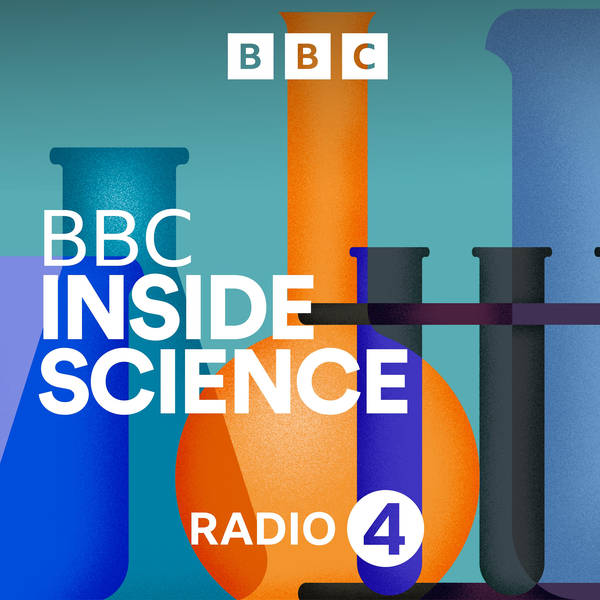
Buried Mars Landers, Freezing Species, and Low-Tide Archaeology
Since 2018, Nasa's InSight Mars lander has been sitting on the surface listening to the seismic rumbles of the red planet's deep interior. But this week, plans were announced to finally phase down its activity, as martian dust obscures too much of its solar panels to power it through the forthcoming winter. Jon Amos tells Vic Gill of some of its many successes, and quite why it didn't fly with a duster on board.
50 years of observations across Australia's northern tropical forests suggest yet more bad news for the climate. Trees’ mortality has, it seems, doubled since the 1980s. As Oxford University's David Bauman tells Vic, it seems to be linked to a drying of the air as temperatures rise, and if the trend is also true across the world's other moist tropical forests, they could rapidly slip from being carbon sinks, to carbon sources.
Conservationists say we’re losing animal species faster today than at any point in the last 10 million years of Earth’s history. And one approach aims to save as many of those lost animals as possible – after they’ve died. Biobanking – saving frozen tissue from dead animals for future cloning or other reproductive technologies could buy us time to prevent extinction - or even reverse it. Vic visits Nature's Safe, where technology used in pedigree breeding is being deployed to preserve the cells and tissue of endangered species when individuals die or are euthanised, for possible research in the future, or even cloning.
Meanwhile, 2.5 miles off the coast of Jersey, archaeologists are holing up in a medieval fortress waiting for the few lowest tides of the year to give them access to the Violet Bank - an area of reef thought once to have been home to Neanderthal populations, but which now is for most of the year submerged by the sea. Marnie Chesterton has been talking to UCL’s Matt Pope between the ebbs and flows.
Presented by Victoria Gill
Reporters: Marnie Chesterton and Jonathan Amos
Produced by Alex Mansfield
